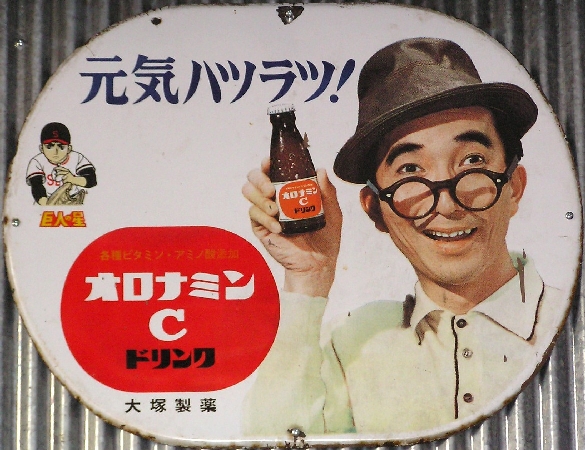 The shot gun technique is so well known, and anticipated, by audiences and readers that omitting it becomes as big an error as over using it.
The shot gun technique is so well known, and anticipated, by audiences and readers that omitting it becomes as big an error as over using it.The shotgun technique is best illustrated by reference to westerns where it is used extensively. The camera zooms from a general view of the bar to highlight a shotgun hung on the wall behind the barman. The existence of this weapon has now been raised in the viewers consciousness so it must be used by the end of the film. This rule applies equally to the novel - if the shotgun is not used the reader will feel deprived.
On the other hand, if a shotgun is suddenly produced to resolve a critical plot-line, without having been shown first, viewers/readers may feel cheated, because they never had the opportunity to anticipate this scene (technically called a ‘deus ex-machina’, ‘God out of the machine’: a cheep story device introduced to rescue a failing plot line). So if your character is suddenly going to produce, say, a knife to win a fight, you need to make sure your reader knows the character has a knife and can use it.
If you are writing a thriller/crime/mystery, where your reader knows the villain is killed, you could highlighting a gun, a knife, and a rock. This will increase the anticipation as the reader tries to work out which weapon will be used.
Except in the above scenario, it is best not to use the shotgun technique to create red-herrings. For that, it is better to use a MacGuffin, but more about that in another article.
In short: If you show it, use it; if you have used it, but not shown it, edit it in earlier.